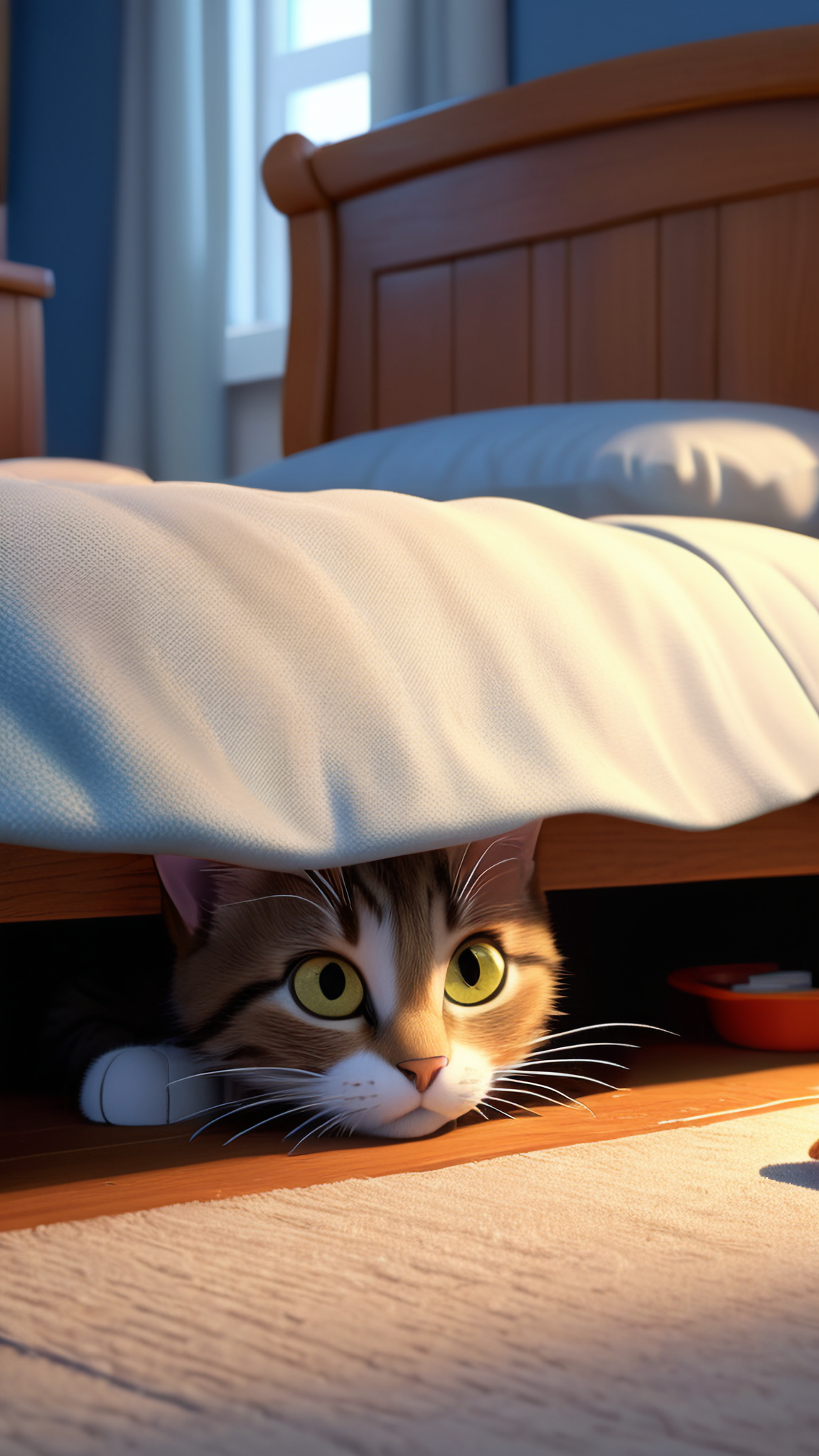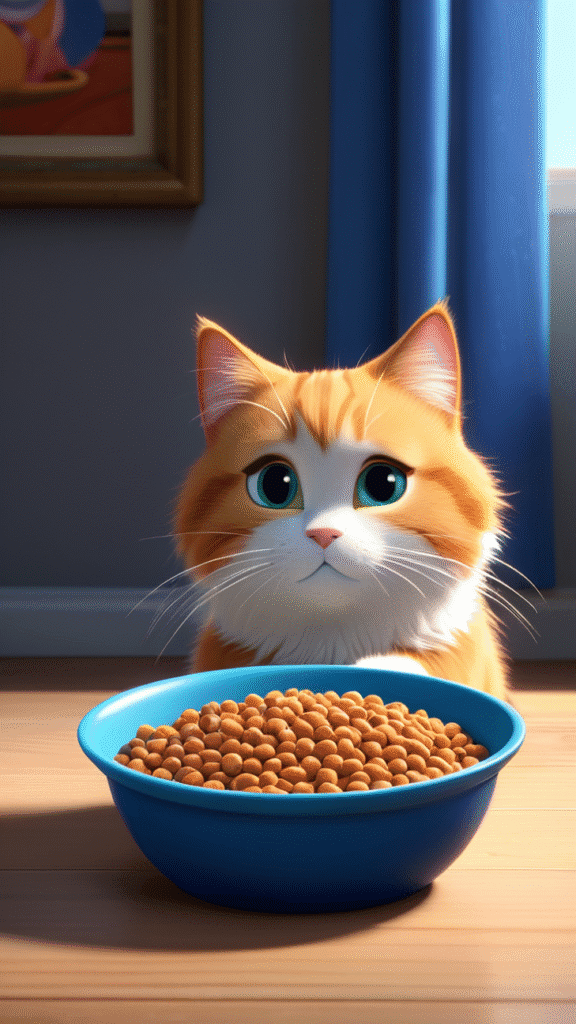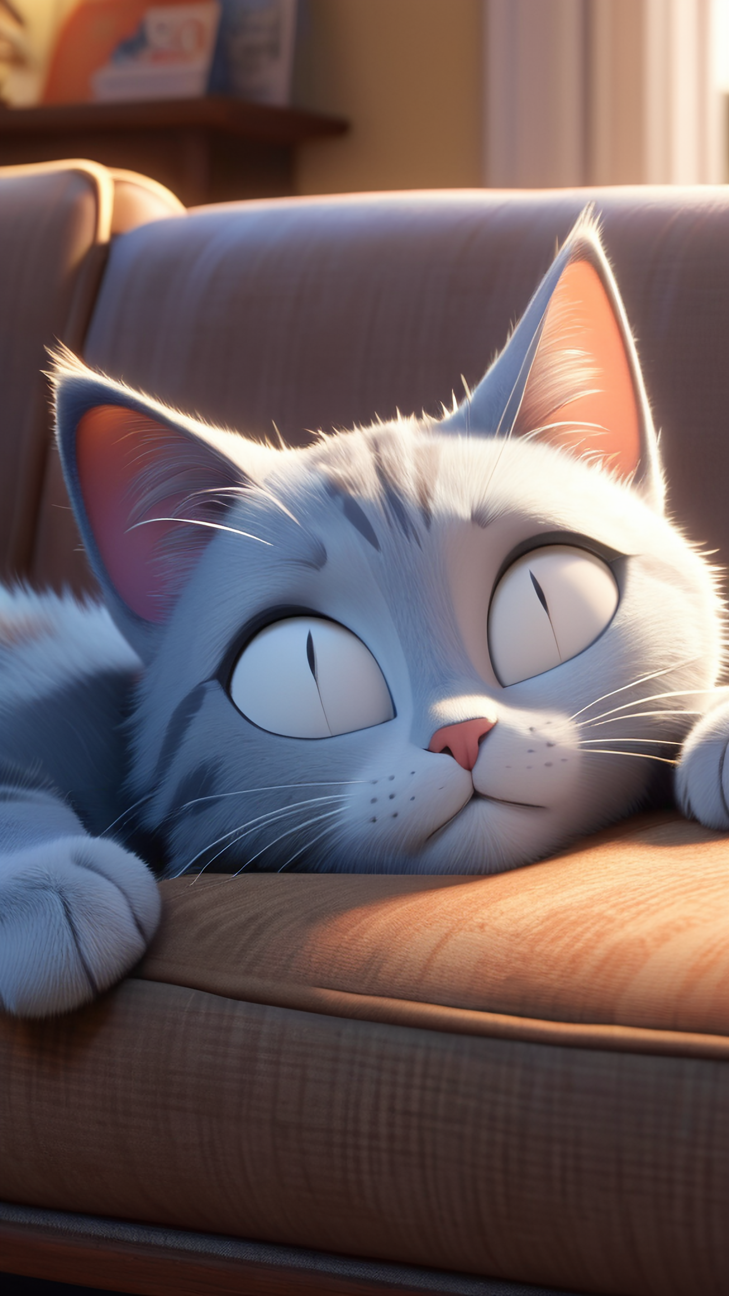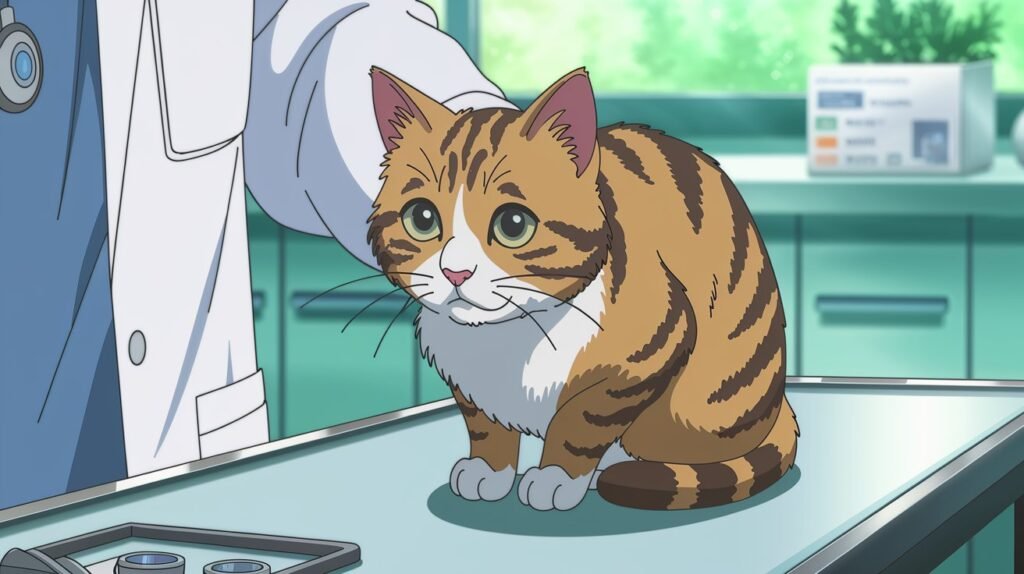As cat parents, we all wish our feline friends came with instruction manuals. They’re masters of disguise when it comes to illness—an evolutionary trait that served their wild ancestors well but can leave modern pet owners scratching their heads.
Today, I’m sharing five crucial warning signs that might indicate your cat needs immediate veterinary attention. Knowledge is power, especially when it comes to the health of our purring companions!
1. Unusual Hiding Behavior
We all joke about cats loving their alone time, but there’s a difference between normal independence and concerning isolation.

My neighbor’s cat, Whiskers, typically lounged in sunbeams and demanded lap time every evening. When he suddenly started spending all day under the bed, his owner thought he was just being “extra catty.” A vet visit revealed early kidney disease that, thankfully, could be managed with prompt treatment.
What to watch for: If your normally social cat begins hiding constantly, especially in new or unusual places, it’s time for a check-up. Cats instinctively hide when vulnerable, and isolation often signals discomfort or pain.
2. Sudden Aggression
Has your sweet, cuddly kitty turned into a hissing, swatting machine? While cats certainly have their moods, a dramatic personality shift deserves attention.
The science: Cats can’t tell us “it hurts when you touch me here,” so they communicate through behavior changes. Aggression when touched or approached often indicates pain or discomfort in a specific area.

Remember that this isn’t your cat being “mean”—it’s their way of protecting themselves when they’re feeling vulnerable.
3. Food Refusal
Most cats have us trained to serve their meals precisely on schedule. When a food-motivated feline suddenly turns their nose up at dinner—especially their favorite treats—it’s rarely just pickiness.

Why it matters: Loss of appetite can indicate numerous issues from dental pain to kidney problems, digestive issues, or even cancer. Since cats can develop serious complications from just a few days without proper nutrition, this sign should prompt an immediate call to your veterinarian.
4. Open-Mouth Breathing
Cats are primarily nose breathers, unlike dogs who frequently pant. A cat breathing through an open mouth (especially with labored breathing or unusual noises) signals respiratory distress.

Urgent attention needed: Open-mouth breathing can indicate asthma, heart problems, respiratory infections, or overheating—all requiring immediate veterinary care. This isn’t a “wait and see” situation; it’s an emergency.
5. Extreme Lethargy
Every cat enjoys their catnaps, but there’s a significant difference between normal sleeping patterns and concerning weakness or lethargy.

Red flags to watch for: If your cat seems unable to summon energy to move, has trouble standing, or doesn’t react to stimuli that would normally interest them (like the sound of a treat bag or their favorite toy), something could be seriously wrong.
Lethargy can indicate infection, injury, anemia, or organ dysfunction—all requiring prompt medical attention.
Taking Action: Trust Your Instincts
You know your cat better than anyone. If something seems “off,” it probably is. Cats are incredibly good at hiding illness until it becomes severe, which means subtle changes can indicate significant problems.
When in doubt, call your veterinarian. It’s always better to have an unnecessary vet visit than to miss a critical window for treatment.
BONUS: Create Your Cat’s Health Baseline Journal
One of the biggest challenges in spotting health changes is having a clear picture of what’s “normal” for your unique feline. I’ve created a simple tracking system that has helped me catch health issues early with my three cats.
The “Purr-fect Day” Tracker
Supplies needed:
- A small notebook or digital document
- One week of observation
Step 1: For seven consecutive days, make brief notes about:
- Food consumption (amounts and enthusiasm)
- Water intake (approximate)
- Litter box deposits (number, consistency)
- Activity levels (play time, jumping ability)
- Sleeping spots and duration
- Social interaction preferences
- Vocalization patterns
Step 2: Take photos of:
- Your cat’s gums (color should be pink, not pale or yellowish)
- Eyes (clear, without discharge)
- Favorite sleeping positions
- Body condition from above and side
Step 3: Create a “normal metrics” page with:
- Usual respiratory rate (count breaths per minute while sleeping)
- Heart rate if you can feel it
- Weight
- Typical behaviors and preferences
Why this works: When you suspect something might be wrong, you’ll have concrete information to compare against—and to share with your veterinarian. This baseline makes subtle changes much easier to identify and can quite literally save your cat’s life.
Pro tip: Update this journal seasonally, as some cats have natural behavior changes throughout the year.
Remember, our feline friends count on us to be their health advocates. By knowing what to watch for and taking prompt action, you’re giving your cat the best chance at a long, healthy life filled with purrs, play, and plenty of lap time.
Disclaimer: This article is for informational purposes only and is not a substitute for professional veterinary advice. When in doubt about your pet’s health, always consult with a qualified veterinarian.



